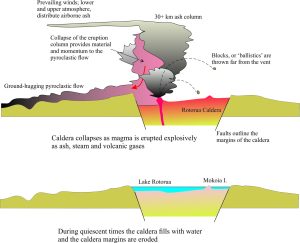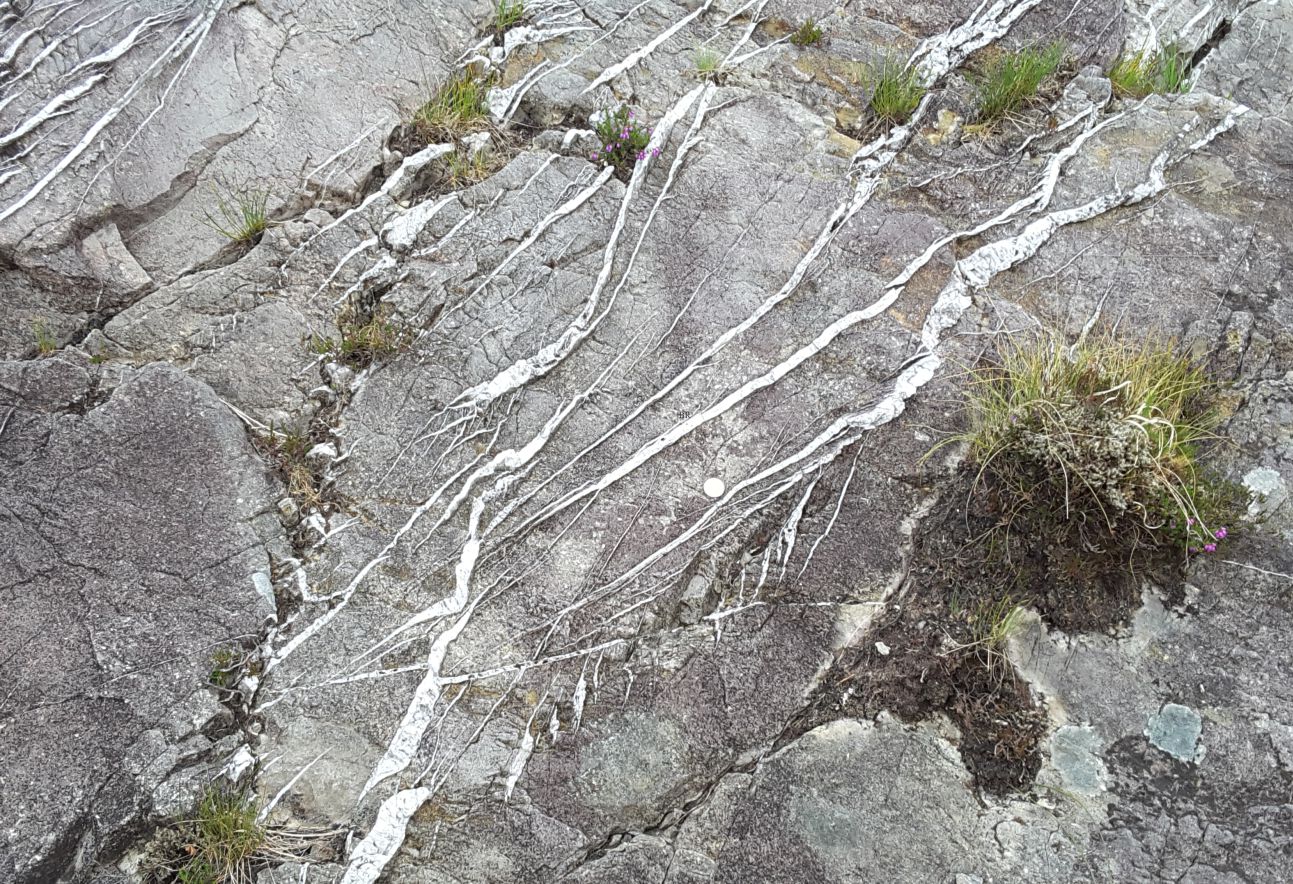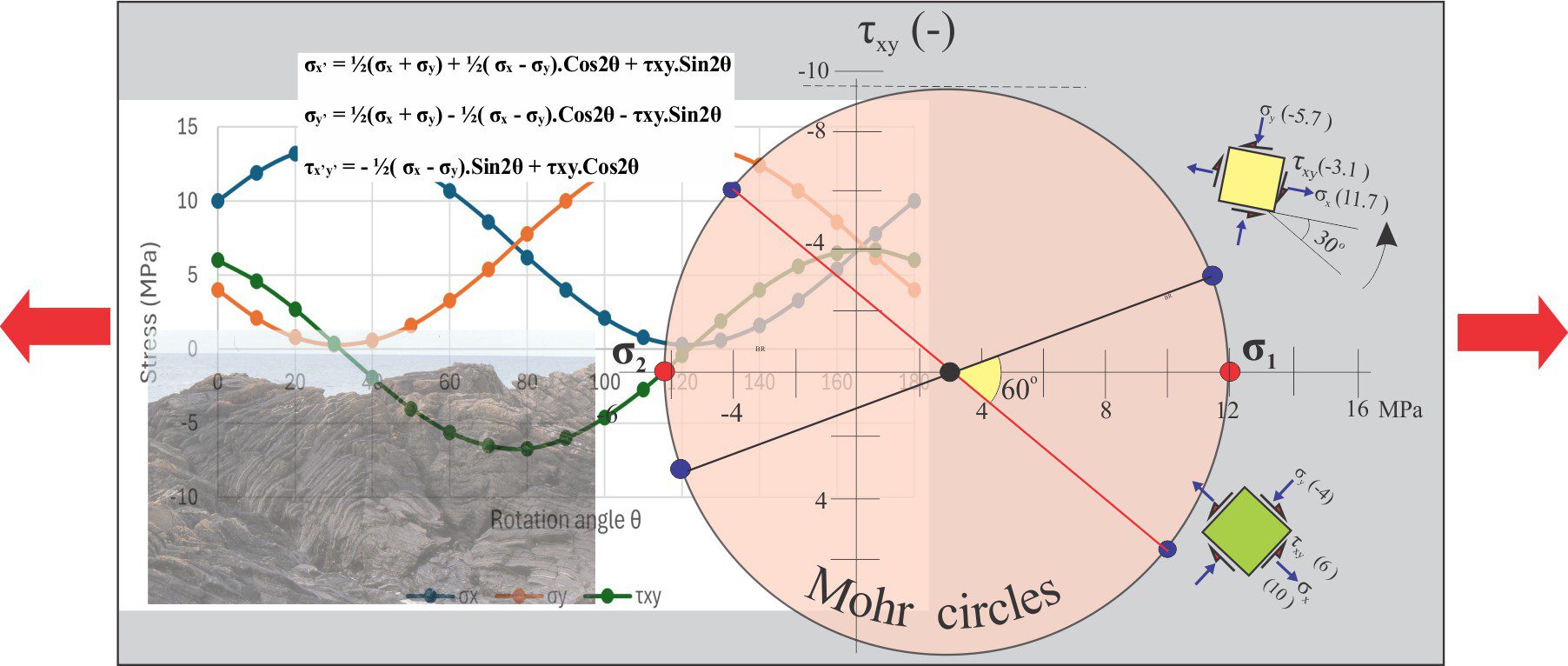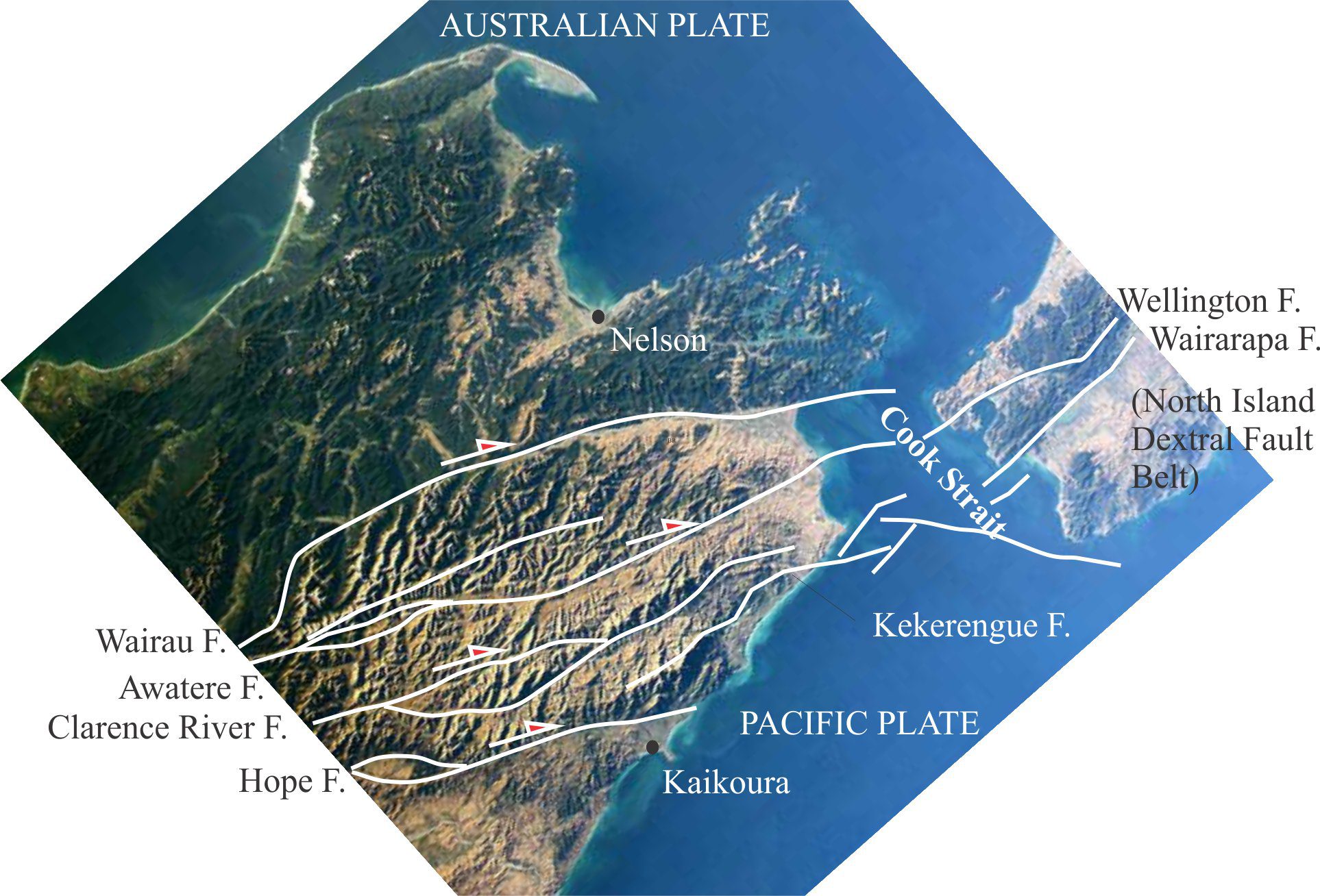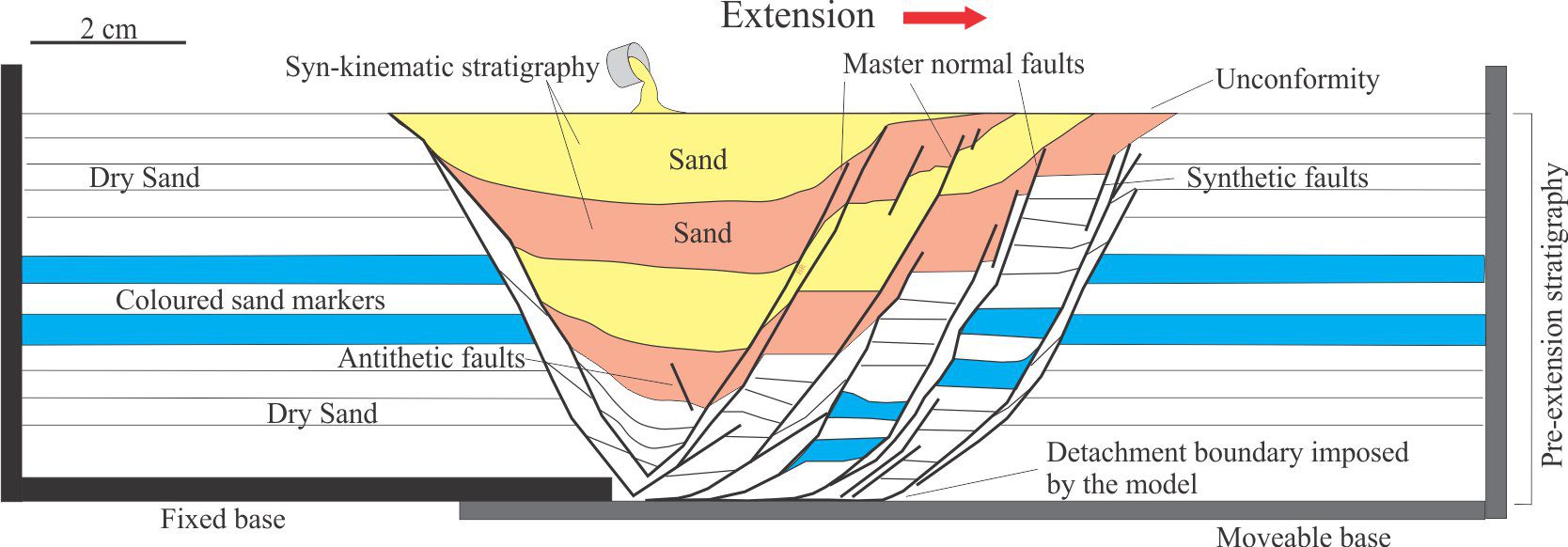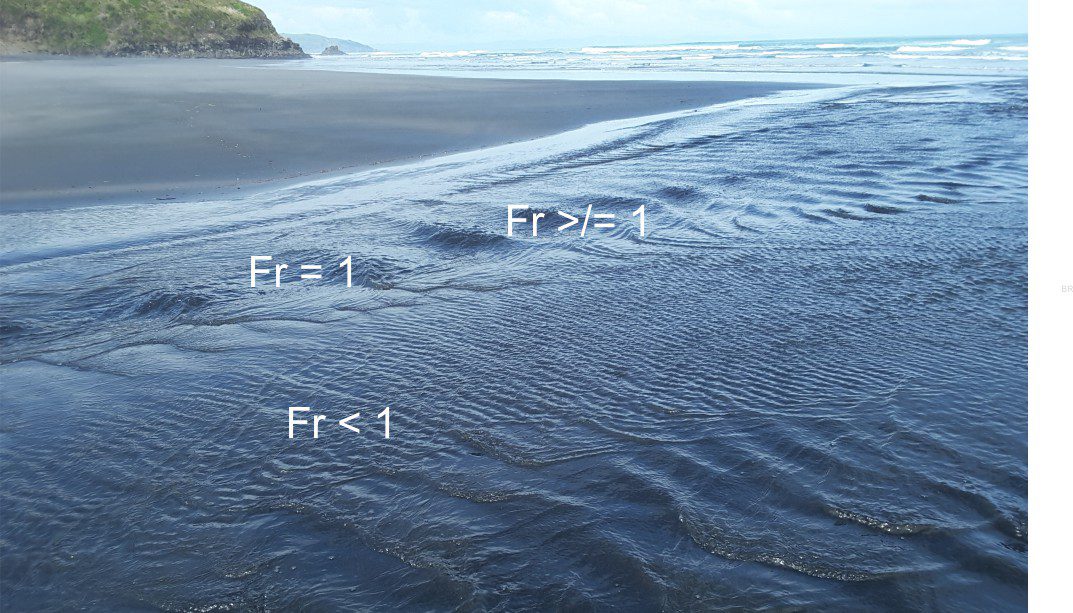Volcanoes and volcanic eruptions always capture the imagination, so long as one is at a safe distance from the action. These processes have been instrumental in shaping Earth – physical and human landscapes and ancient migration routes, the origin and shaping of life, climate, plus all those subterranean processes deep in Earth’s crust and mantle. Volcanic rocks provide a window into our ancient world and worlds beyond our own. Observing volcanism in action tells us which window to open.
Geology for Kayakers #2 Huka Falls, New Zealand
Geology for Kayakers #4 In The Shadow of The Volcano
The brutality of Surtsey’s laboratory
Overture to a cave; the spectacle of jointing in ancient basalt lava flows
Islands with attitude; the devastation wrought by collapse of oceanic volcanoes
Erupting mud volcanoes: we have ignition
Deciphering a volcano’s moods; predicting volcanic eruptions
The Pink and White Terraces, Magic Lanterns, and 19th century narratives
